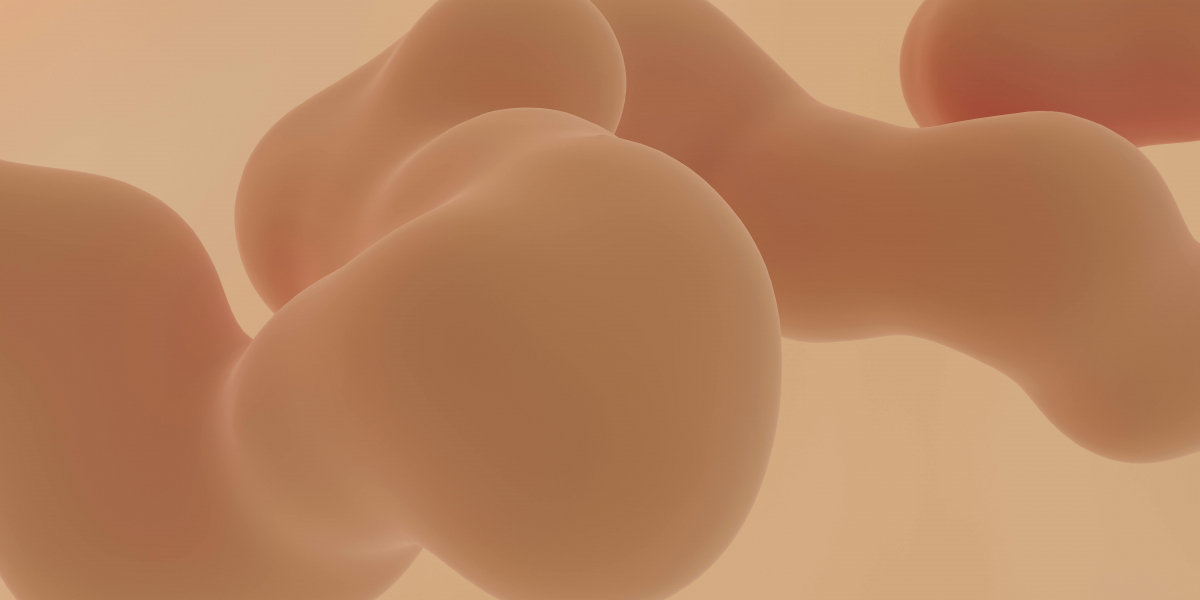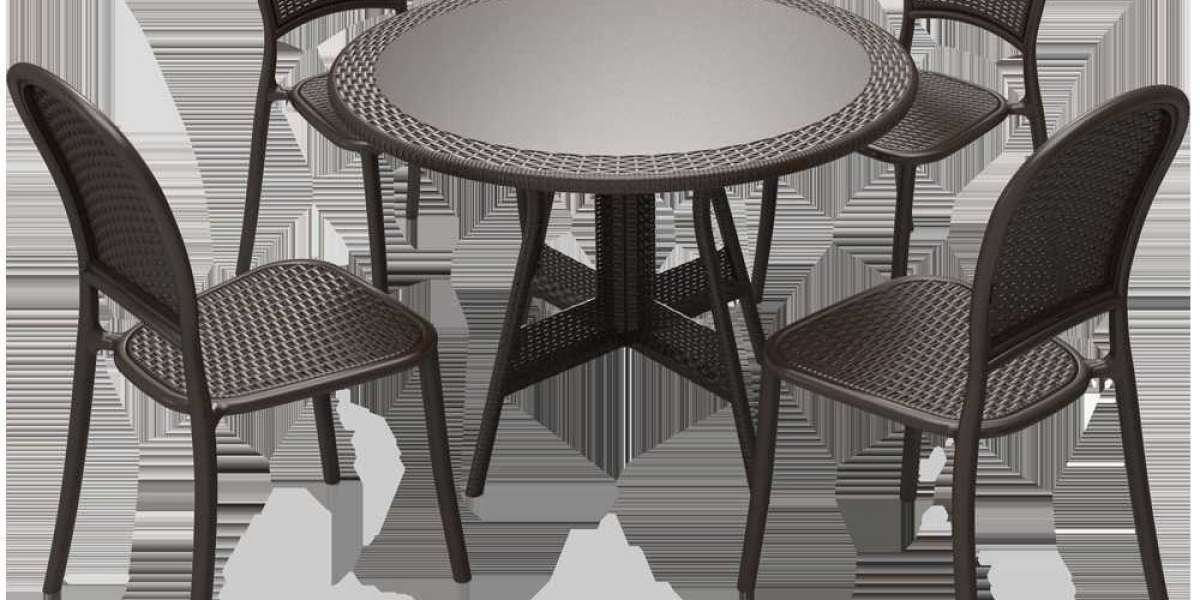This article will delve into the best practices for successful FDM prototyping, offering insights into material selection, design considerations, and troubleshooting techniques. By understanding these key principles, designers and engineers can leverage FDM 3D printing to bring their innovative ideas to life more effectively.
Understanding FDM Technology
Fused Deposition Modeling (FDM) is a 3D printer fdm technology that works by extruding thermoplastic materials through a heated nozzle, layer by layer, to create a three-dimensional object. The process begins with a 3D model that is sliced into thin horizontal layers, which the printer then follows to build the part from the bottom up. This layer-by-layer approach allows for intricate designs that may not be feasible with traditional manufacturing methods. According to a study published in the journal "Additive Manufacturing," FDM not only provides rapid prototyping capabilities but also reduces material waste and lead times, making it a cost-effective solution for businesses looking to innovate quickly.
Material Selection: The Foundation of Successful Prototyping
One of the most critical aspects of FDM prototyping is the selection of the right material. Common materials used in FDM printing include PLA (Polylactic Acid), ABS (Acrylonitrile Butadiene Styrene), and PETG (Polyethylene Terephthalate Glycol). Each material has its own set of properties that may affect the final prototype's strength, flexibility, and heat resistance. For instance, PLA is biodegradable, easy to print, and suitable for non-functional prototypes, whereas ABS offers better strength and durability but requires more precise printing conditions. Choosing the appropriate material based on the prototype's intended use and function is essential for ensuring the success of the project.
Design Considerations for FDM Prototyping
The design phase is crucial in the prototyping process, as it directly influences the manufacturability and functionality of the printed part. Designers should consider principles such as wall thickness, support structures, and layer height during the design phase. For instance, a wall thickness of at least 1-2mm is recommended to ensure structural integrity. Additionally, complex geometries may require support structures, which can increase printing time and material usage. Utilizing design software with simulation capabilities can help identify potential issues before printing and optimize the design for FDM processes. By focusing on these design considerations, engineers can overcome common pitfalls in FDM prototyping.
Quality Control and Calibration
Before beginning the printing process, it is essential to ensure that the 3D printer filament is properly calibrated and maintained. Regular maintenance of the printer, including checking nozzle temperature, bed leveling, and material loading, can significantly enhance print quality. A poorly calibrated printer can result in issues like layer misalignment, stringing, and warping. Moreover, implementing a quality control process during and after printing can help identify defects early, allowing for prompt corrections. Employing techniques such as visual inspection and measuring critical dimensions can help ensure that prototypes meet required specifications, ultimately improving the overall success of the prototyping effort.
Post-Processing Techniques
Once the FDM prototype is printed, post-processing techniques can be employed to enhance its functionality and aesthetic appeal. Common post-processing methods include sanding, painting, and acetone vapor smoothing for ABS parts. Sanding can help remove layer lines and improve surface finish, while painting allows for color coding and branding. Acetone vapor smoothing is particularly effective for ABS, as it melts the surface slightly, resulting in a smoother finish. It’s important to carefully select post-processing methods that align with the material used and the intended application of the prototype. By investing time in post-processing, designers can turn a rough print into a polished final product.
Cost Management in FDM Prototyping
While FDM prototyping can save time and reduce costs compared to traditional manufacturing, it is crucial to manage expenses throughout the process. This includes not only the cost of materials and printer operation but also the time required for design iterations and post-processing. To keep costs in check, it may be beneficial to utilize efficient design practices, such as minimizing material usage without sacrificing part strength. Additionally, tracking material consumption and printer performance can yield insights that help optimize future prototypes. Employing a structured budget and project timeline can also aid in managing costs effectively, ensuring that the prototyping process remains financially sustainable.
Common Challenges and Troubleshooting Tips
Even with careful planning and preparation, challenges may arise during the FDM prototyping process. Common issues include warping, stringing, and layer adhesion problems. Warping is often caused by uneven cooling, which can be mitigated by using heated print beds or enclosing the printing area. Stringing, which occurs when the nozzle drips material between moves, can be reduced by adjusting retraction settings in the slicer software. Layer adhesion issues may arise due to improper temperature settings or inadequate layer bonding, and adjusting these parameters can often rectify the problem. Being proactive and familiar with potential issues allows designers to troubleshoot effectively and maintain a smooth prototyping workflow.
Testing and Iterations for Improvement
The prototyping phase is not the end of the design process; rather, it is an opportunity for testing and refinement. After producing a prototype, it is essential to conduct thorough testing to evaluate its performance against design specifications. This may include functional testing, stress testing, and user feedback. Based on the results, designers can identify areas for improvement and make necessary adjustments to the design, materials, or printing parameters. This iterative process is vital in refining the prototype until it meets the desired requirements fully. Continuous improvement through testing and iteration ultimately leads to higher-quality products and innovations.
Conclusion: Embracing FDM Prototyping for Innovation
FDM technology has emerged as a powerful tool for prototyping, providing designers and engineers with the ability to create complex parts quickly and efficiently. By adhering to best practices in material selection, design considerations, quality control, post-processing, and troubleshooting, businesses can fully harness the potential of FDM 3D printing. As industries continue to embrace additive manufacturing, the ability to innovate rapidly and iterate quickly will be paramount. FDM prototyping not only offers practical advantages but also fosters a culture of creativity and continuous improvement. As we look toward the future, embracing these best practices will be crucial for success in the ever-evolving world of design and engineering.









